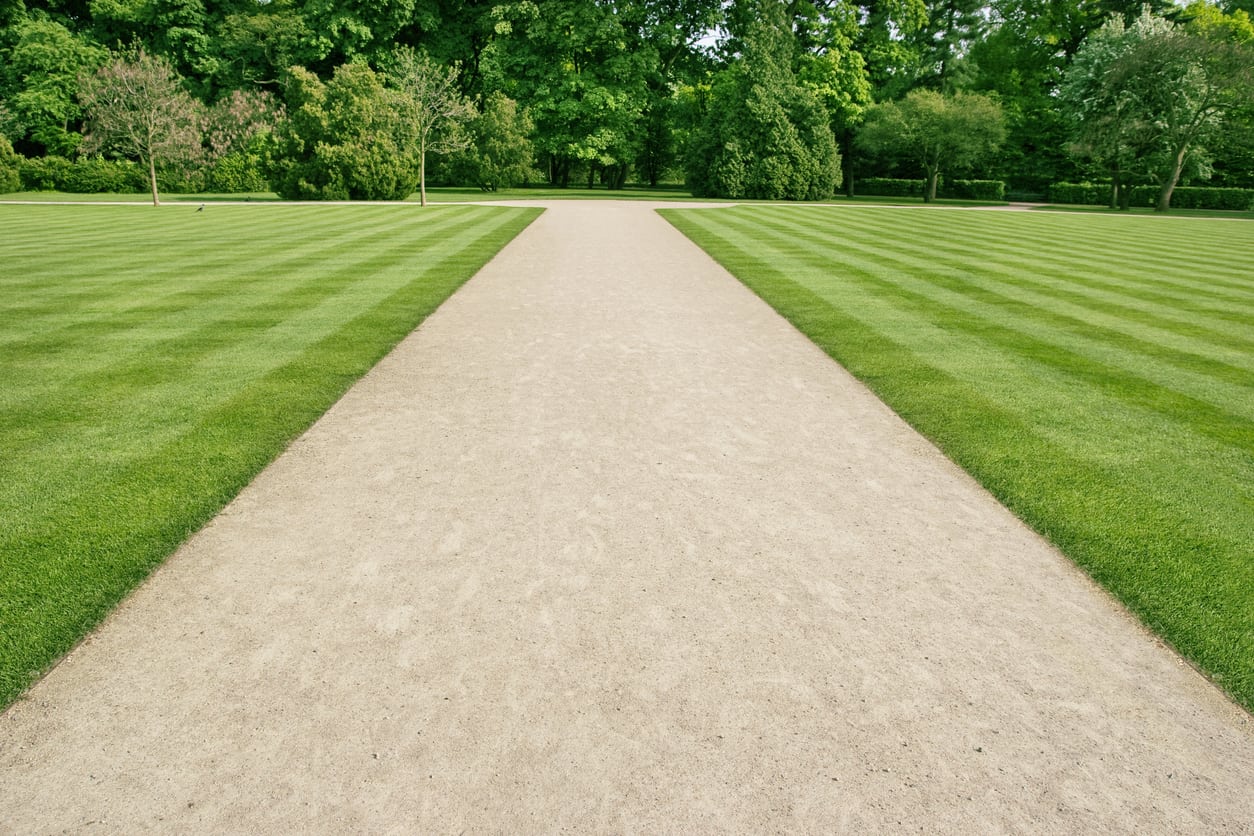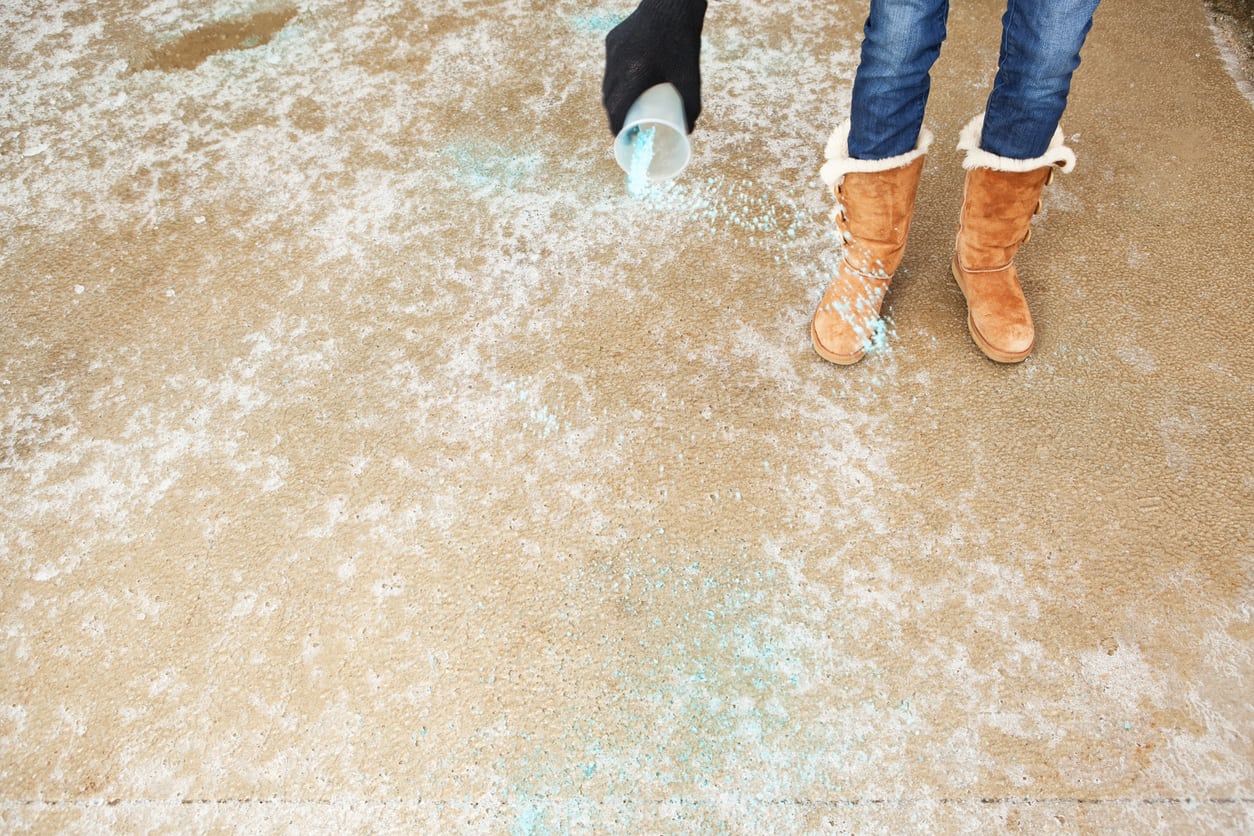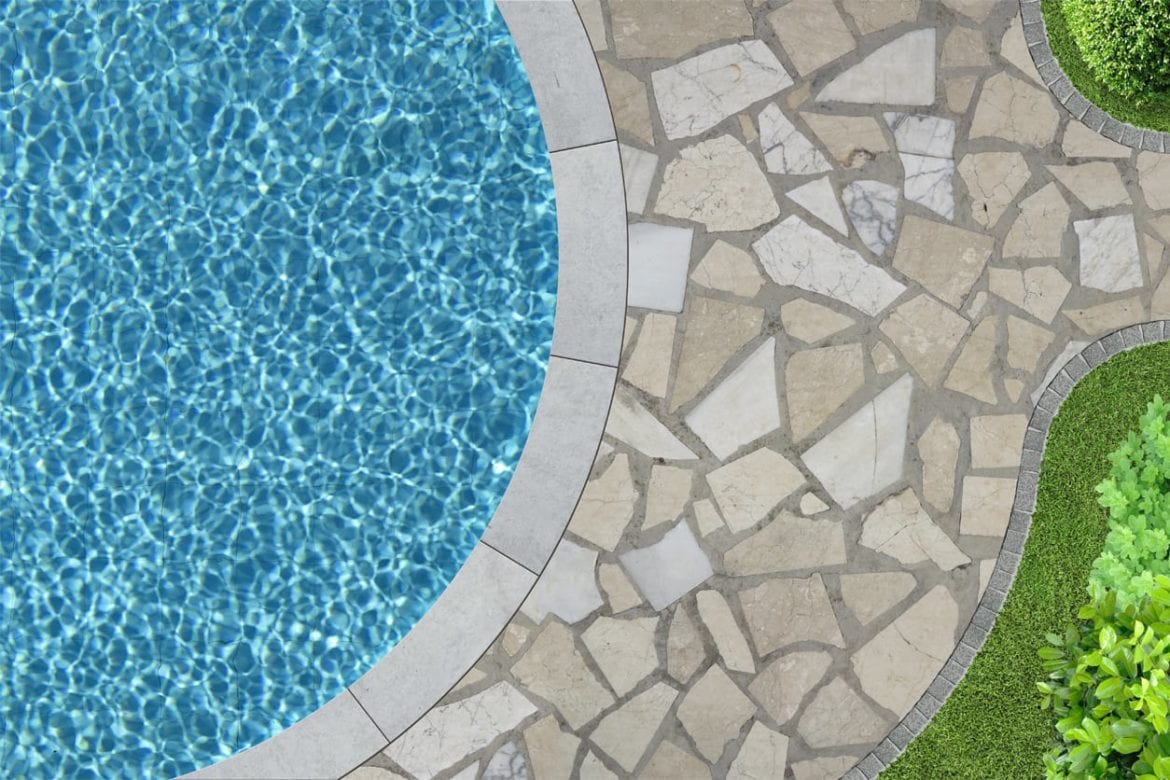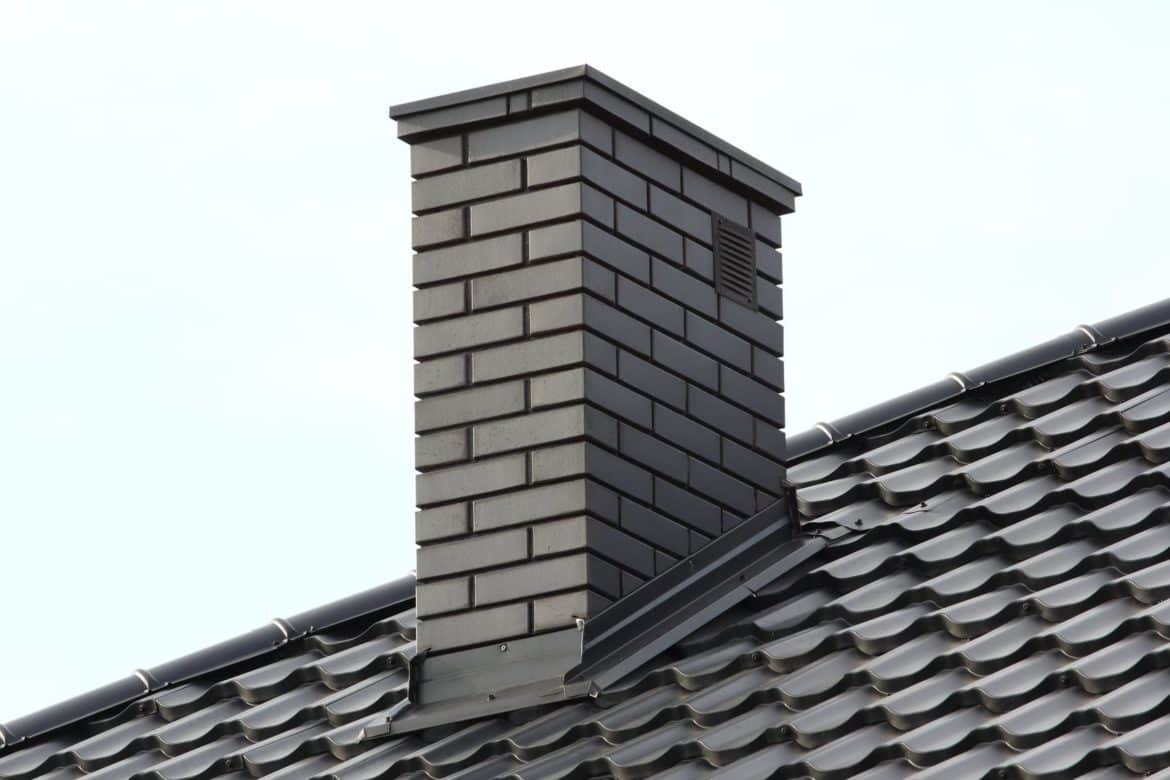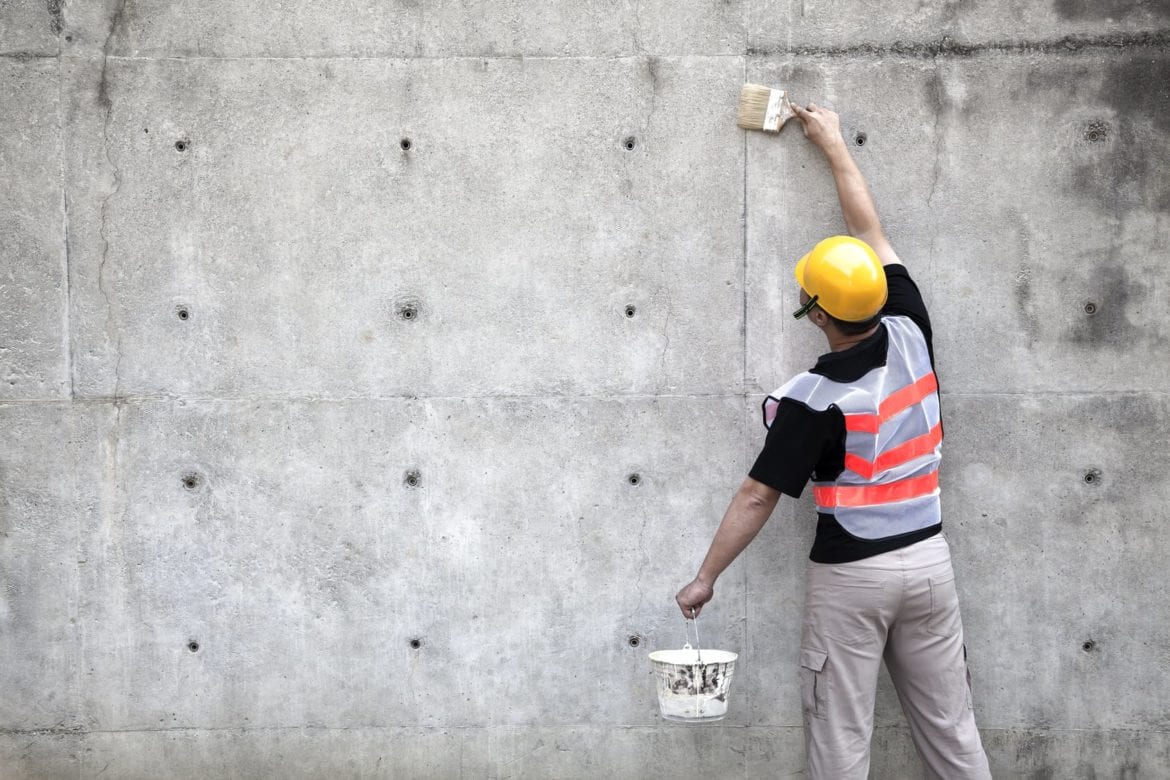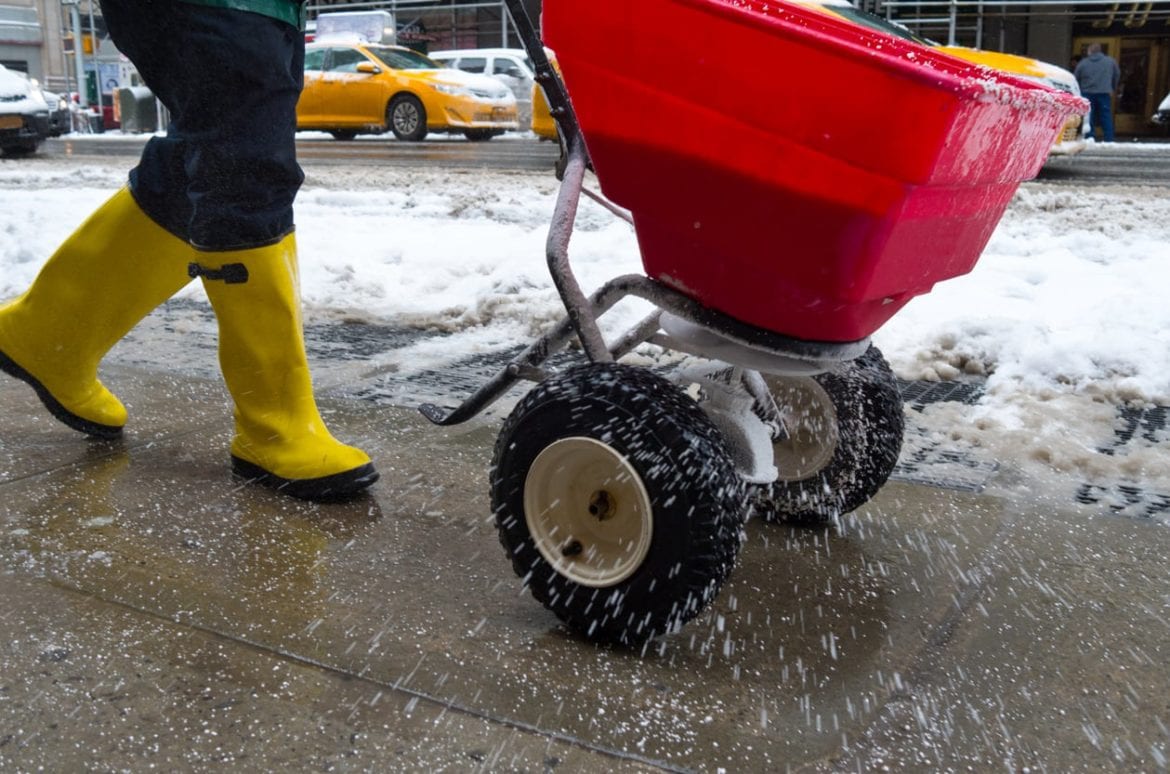Concrete driveways are susceptible to numerous problems if not sealed and left untreated. During the winter deicing salts and chlorides are used to treat roadways and bridges throughout the country. Vehicles unknowingly and knowing then track these salts into the driveway and over time the concrete begins to spall, pit and crack. By using a penetrating water repellent sealer water is kept out and all of the deleterious substances being tracked into the driveway are also kept out of the concrete. A penetrating silane/siloxane blend is the best type of sealer to use on a new or existing driveway because it is able to repel water, salts, chlorides and some even repel oil and automobile fluids like the Invisible Penetrating Concrete and Masonry Water Repellent Sealer Plus Oil Repellent. The upfront cost of sealing a driveway may initially seem steep but when compared to the price of resurfacing or replacing a driveway it is actually a small price to pay for a well protected and sealed driveway. Most silane/siloxane blended sealers leave natural finishes so they will not change or alter the appearance of the driveway. If you are not looking for an oil repellent sealer the Siloxa-Tek 8500 product is an excellent choice for deicing salt and waterproofing protection surpassing the National Cooperative Highway Research Program’s (NCHRP 244 Series II & IV) water absorption and chloride intrusion tests.
Once of the most corrosive materials concrete can come into contact with is deicing salts. Deicing salts are commonly used on roadways and by homeowners on their driveways. In order to protect concrete from these deicing salts and the spalling, cracking and pitting effects it is best to seal the concrete. Silanes, siloxanes and silane/siloxane blends are the best types of sealers to battle harmful deicing salts due to their unique penetrating, hydrophobic properties. This sealer, found at The Home Depot, is an industrial grade water and salt repellent that is guaranteed to last up to 10 years. While silanes are of a small structure they sheet water and siloxanes of a larger structure bead water, a combination of the two is going to ensure complete concrete and deicing salt protection.
Pool decks are typically stamped concrete, aggregate or paver based substrates that greatly benefit from a wet look decorative sealer. Wet look sealers are typically solvent based acrylics that will immediately bring to life the appearance of a pool deck. The only negative to wet look sealers is that they are often reapplied on a yearly or biannual basis. When shopping for a wet look sealer for a pool deck look for one that is a non yellowing, pure acrylic sealer.
Most Popular Wet Look Pool Deck Sealers:
Ghostshield 5505: This product is a non yellowing, high gloss, wet look pure acrylic decorative sealer that will enhance, brighten and bring to life the colors and textures of any stamped concrete pool deck surface. Readily available at The Home Depot.
Eagle Seal Gloss Coat : This product is a high gloss, durable acrylic film. It can be used on all types of decorative concrete and will never yellow. Readily available at The Home Depot.
One of the most frustrating scenes to walk into is a leaking chimney. It is one of the applications that you don’t give much thought to until it is too late. Because bricks, stone, masonry are extremely porous they are at high risk of leakage if left unsealed. In order to prevent water leakage, mold, mildew and efflorescence from occurring to your chimney these are the steps to take:
- Clean the chimney, make sure all mold, mildew and efflorescence are completely removed.
- Fix any cracks in the mortar, or if the chimney is severely damaged re-point the chimney.
- Use a waterproofing sealer, like this one found at homedepot.com which is a silane/siloxane blend that will waterproof and protect your chimney from future leaks and water damage for over 10 years.
Basement waterproofing sealers are commonly used to seal pores and capillary tracts of concrete to prevent water from entering. A basement waterproofing sealer is needed anytime a basement is built at ground level or below ground level where ground water can build up in the soil, raise the water table and thus travel through the concrete. The higher the water table the more at risk the basement will be to hydrostatic pressure exerting itself to basement floors and walls. Hydrostatic pressure causes water to travel through cracks, joint openings and pores. Hydrostatic pressure can also cause mold, mildew and other moisture related problems in basements. By using a basement waterproofing sealer that can resist hydrostatic pressure the moisture and water are unable to cause damage to the concrete foundation.
Most Popular Basement Waterproofing Sealers:
Behr Basement & Masonry Waterproofer: This product works great and looks great at first until the first sign of heavy rain. When the product comes into contact with moisture it starts to peel up since it is not a breathable sealer. Thinner consistency than paint but if moisture is present or if the basement is exposed to a high water table the product fails. Readily available at The Home Depot.
Ghostshield 9500: This product is not a waterproofing paint but an invisible sealer that will not peel or delaminate if water is present. Through densification and hydrophobicity the product is able to put an end to water and moisture migration through a cementitious substrate. It is also an economical option since it is concentrated and makes 5 gallons. Readily available at The Home Depot.
UGL DryLok: Product claims to resist 10lbs of hydrostatic pressure with a 10 year warranty. Since this product is latex based is is worse than the Behr product at peeling up when it comes into contact with moisture. It is not breathable and states that it does not help to resist or reduce efflorscence. Readily available at The Home Depot.
Salt damage is most commonly due to exposure to de-icing salts. However, any chemical containing chlorides, including sodium chloride, potassium chloride, calcium chloride etc. found in “safe de-icing chemicals,” fertilizers, ocean water, etc. present a danger to the concrete. All are mildly acidic, and attack the bonds that hold concrete together.
In order to prevent de-icing and chloride damage it is best to use a silane sealer or a blended water based silane/siloxane sealer. If you are looking for the much desired water bead effect choose a silane/siloxane blend.
Silanes:
Enviroseal 40 – The Enviroseal 40 is an excellent source of protection for chlorides, freeze/thaw cycles, and other such potential threats. Because of this and other characteristics of its chemical formula, the Enviroseal 40 is a preferred sealer for certain environments that need protection from high traffic. The Enviroseal 40 is also a great choice because of its international appeal. As it is manufactured by BASF, you can be assured that it will perform up to the high standard required of that company.
Silane/Siloxanes:
Siloxa-Tek 8500 – The water based Siloxa-Tek 8500 is also an excellent choice because of the change to the surface tension to produce a water repellent surface keeping water and aggressive water-soluble salts, such as chlorides and sulfates, out. Siloxa-Tek 8500 can block up to 99% of surface moisture. The active ingredients seal the pores within the substrate adequately blocking surface moisture while still maintaining the concrete’s ability to breathe with an extremely visible water bead effect.
Prosoco Salt Guard WB – Saltguard WB is a ready-to-use water-based, VOC compliant silane/siloxane water repellent and “chloride screen” for the protection of concrete and masonry. This low odor and alkaline stable, Saltguard WB is ideal for field or in-plant application to concrete and most masonry. Saltguard WB protects horizontal and vertical surfaces from moisture intrusion and chemical attack of chloride salts.

